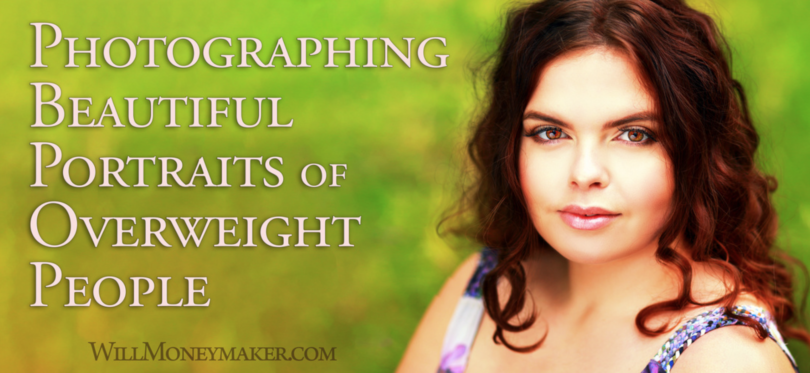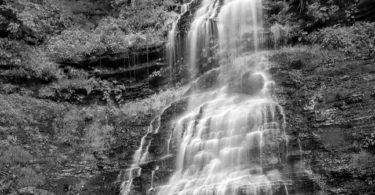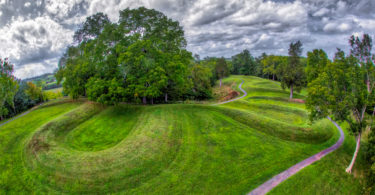It might be shocking to consider, but let’s be real for a minute: 69% of American adults are overweight.
That means the weight is going to be a factor in nearly every photo shoot you do. Brides are going to worry about double chins, and in the family portraits, someone is bound to be scanning shots in search of their physical imperfections — the ones you might not have even noticed. In a society trained on thin being the image of beauty, it might seem a bit uncomfortable to wonder about photographing obesity. You probably cringed as you typed in, “How to Shoot an Overweight Subject” or “Photographing a Large Person,” but it was with the best of intentions – you simply want your subjects to feel beautiful and happy with the resulting images.
So, let’s start here: big people know they are big. It’s always good to get a read on how the person feels about his or her weight. Are they feeling beautiful in their own skin or are they worried they are larger than they really are? If they are the ones choosing to schedule a photo session, then they are probably pretty confident with who they are.
Move Past Your Own Preferences
Perhaps you've already gotten really good at this rule every photographer must live by: you may have a photographic style, but you are shooting for the client. Get a feel for what the client wants and then keep the focus fun as you do your best to achieve it. Telling someone, “Hey, this photographic style may make you look smaller.” is just like telling a client, “Hey you might look prettier in this lighting.” Placing the focus on looks or size will make your subject uncomfortable in front of you, even if they have expressed concern about their size in the pictures.
Focus on Comfort
A larger subject needs to feel beautiful and comfortable in front of the camera – just like anyone else you are shooting. Make sure you connect with your subjects and keep snapping away so they aren't thinking about the pictures. Pose as you go and don’t make them feel the pressure of the shot. Most of all, be careful what you are asking an overweight person to do – sitting for long periods of time, crouching, and other activities might make them feel stressed or uncomfortable. Don’t test those limits because it makes self-confidence go right out the window for most people.
Consider Lighting and Angles
Lighting and angles will make or break every shot you take. Harsh lighting will amplify the prominence of dimples, wrinkles, and other small imperfections while glowing Golden Hour light smooths out the skin in a flattering way. Shooting from below a subject warps the proportions with an unflattering angle that makes the lower body and chin look larger and more prominent. You can shoot from above, where the eyes and face are the focus, but be aware that it is an overused tactic and throw in plenty of other framing options to see what looks best.
Cropping and Shielding
If you are shooting more than one subject, place the lightest and shortest subjects in the foreground to help visually balance them. If you have a subject who lacks self-confidence, use a prop or fellow subject to block part of the body in some of the shots (but, continue to focus on comfort). Try framing an image to crop out shoulders or crop to just a headshot. Make sure you provide options, though, since handing a client a bunch of headshots could be an insult if that’s not what they asked for.
Never ever ignore your client's wishes, since they will either lose faith in you as a photographer or feel even less confident in front of the camera. At the end of the day, you are photographing larger subjects just like you would anyone else, and you want them to feel stunning in front of your camera. So, get out there and make some beautiful images!








